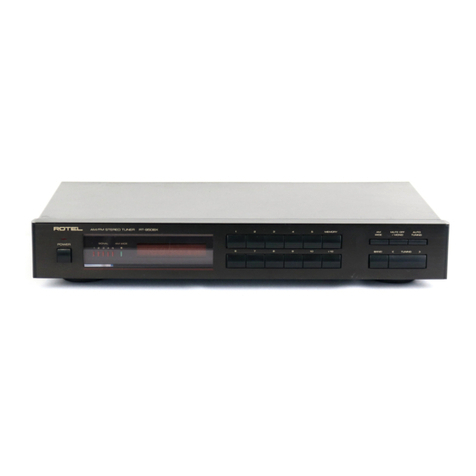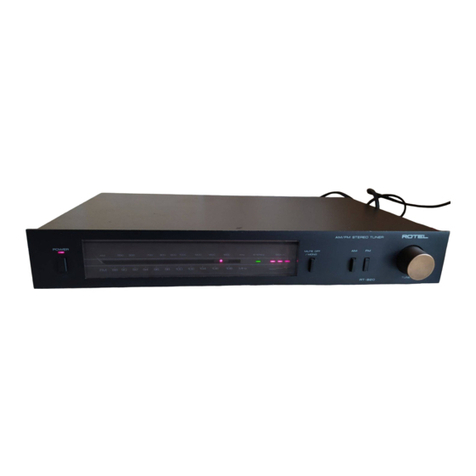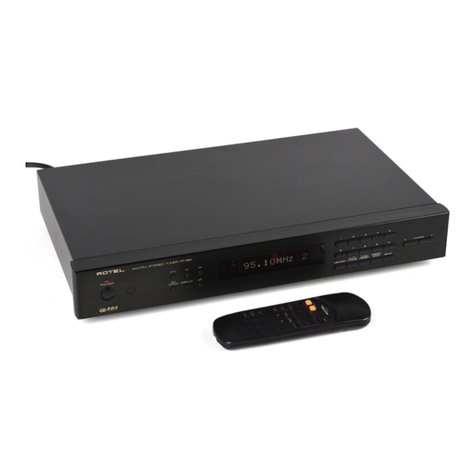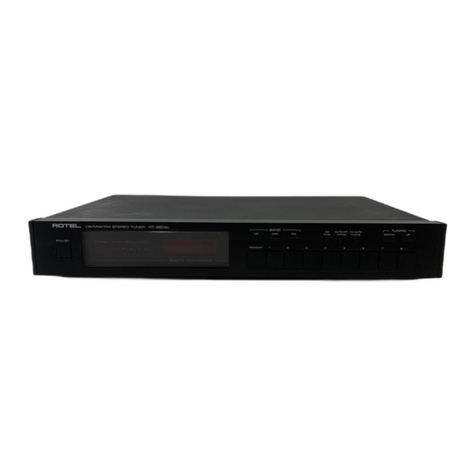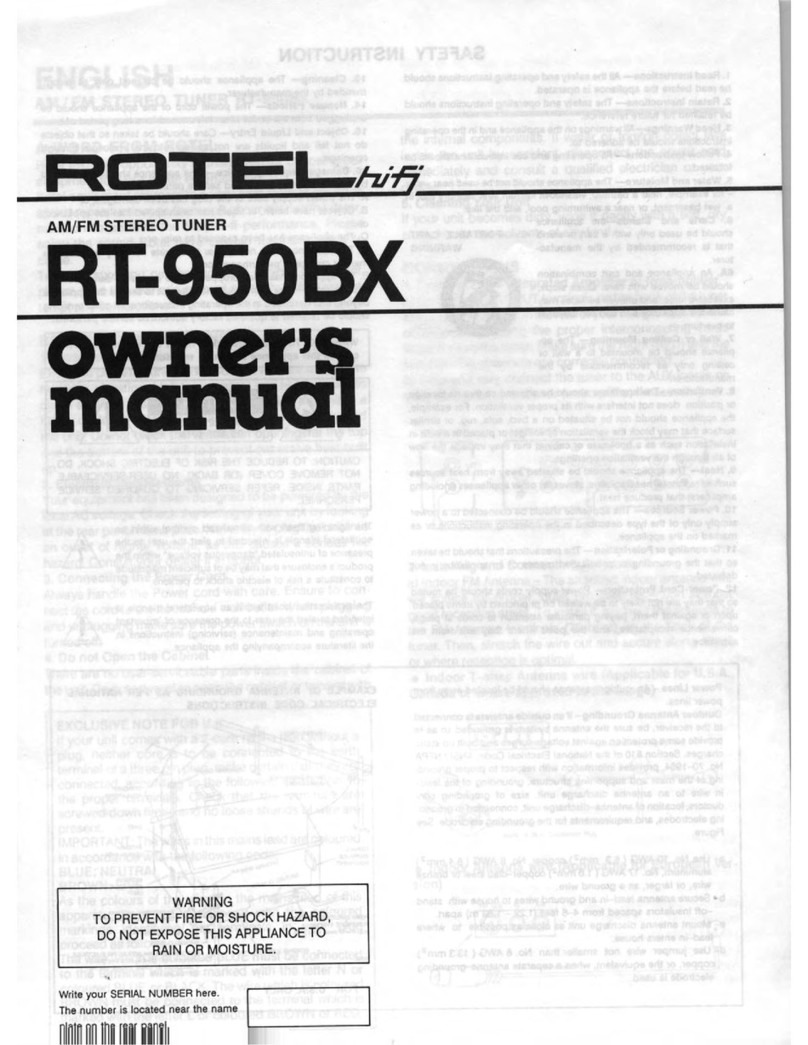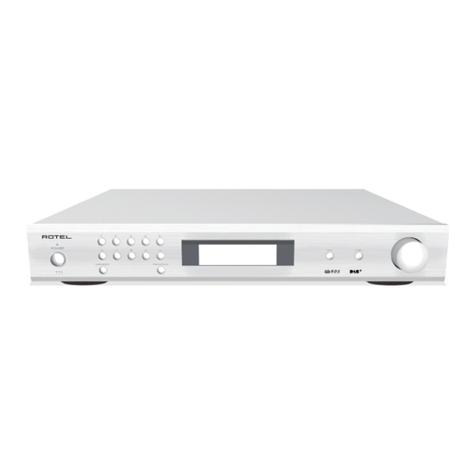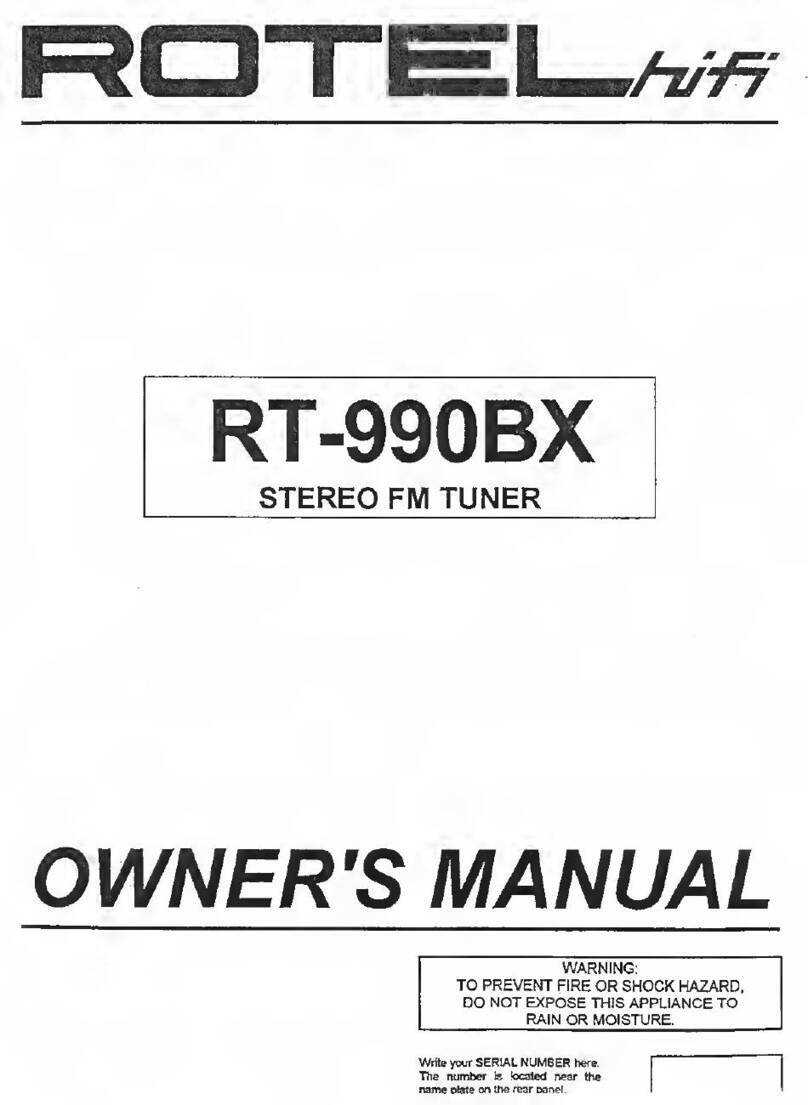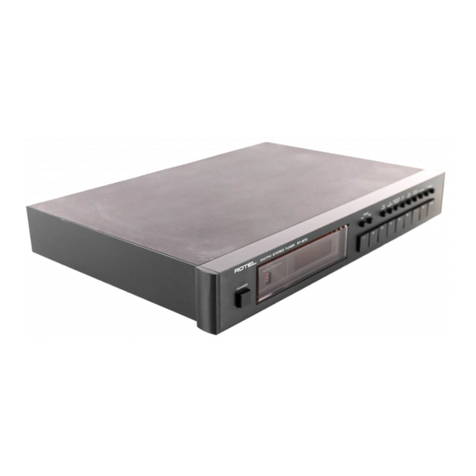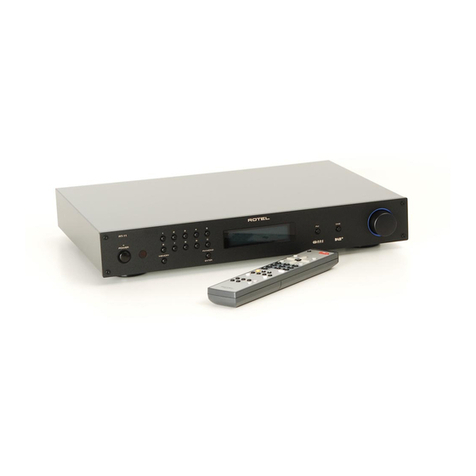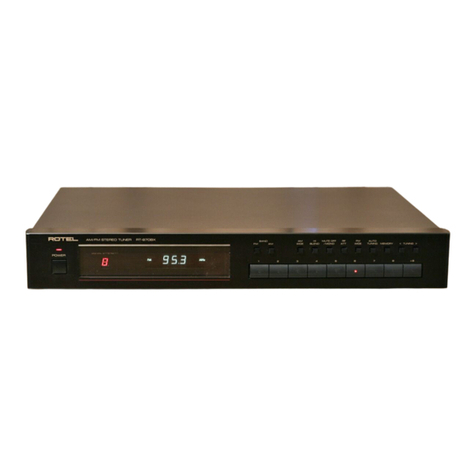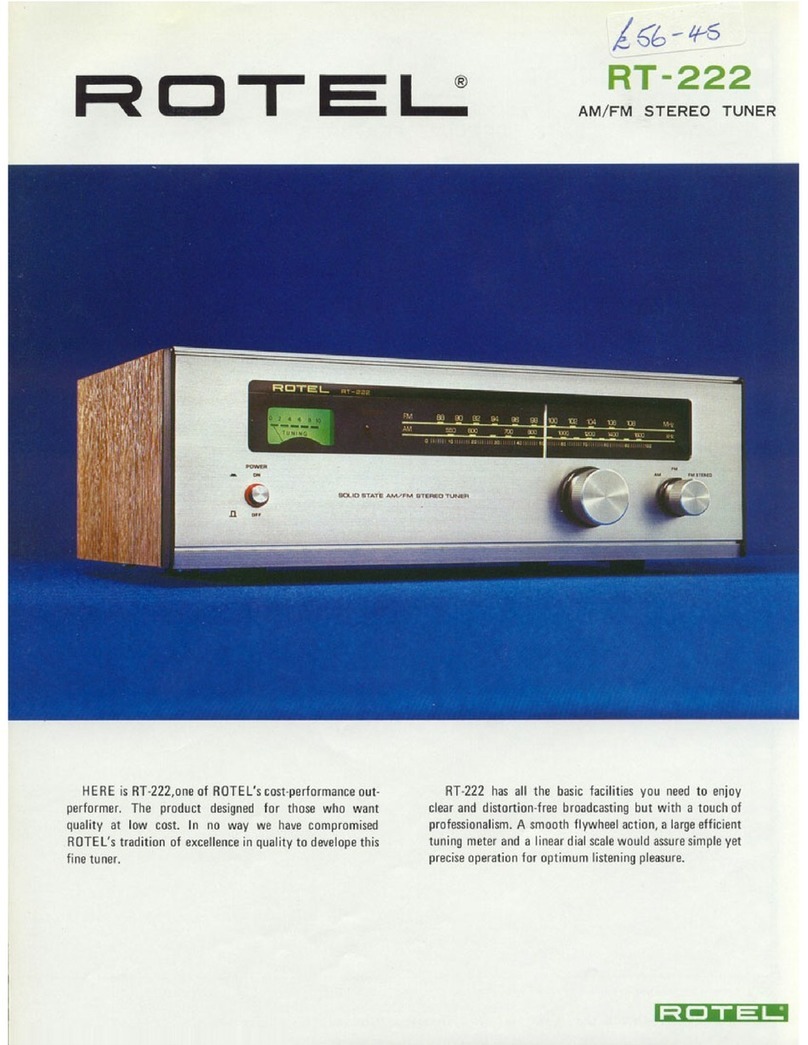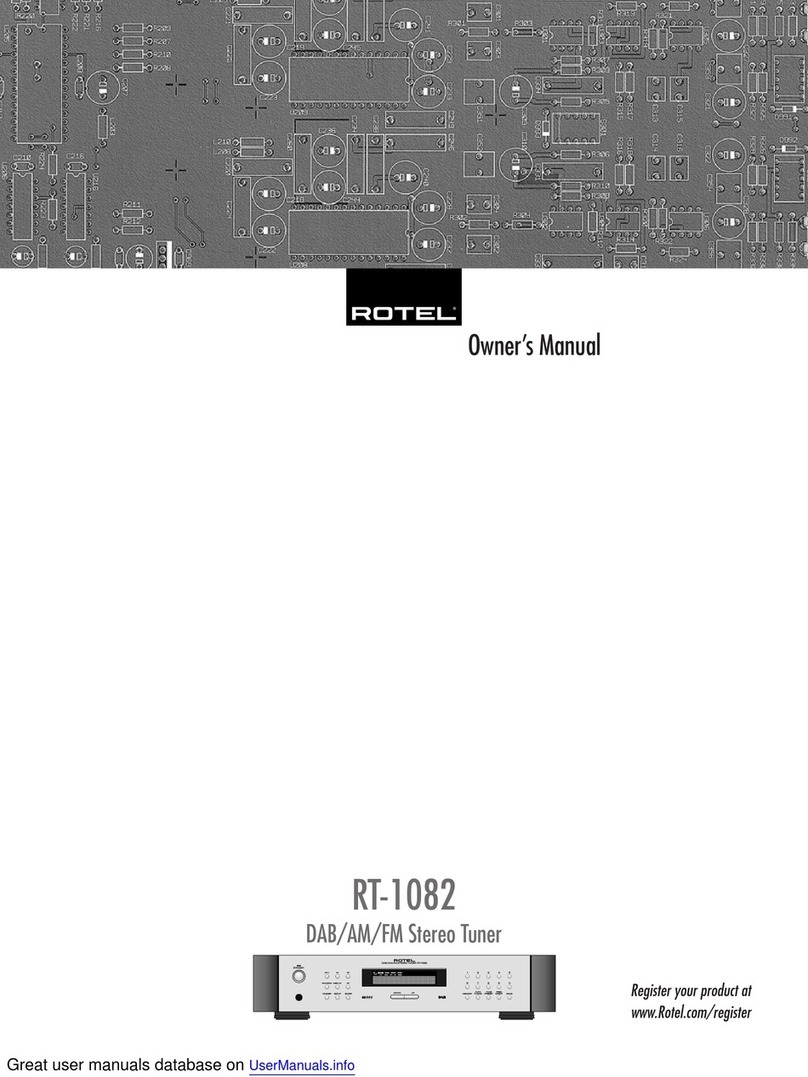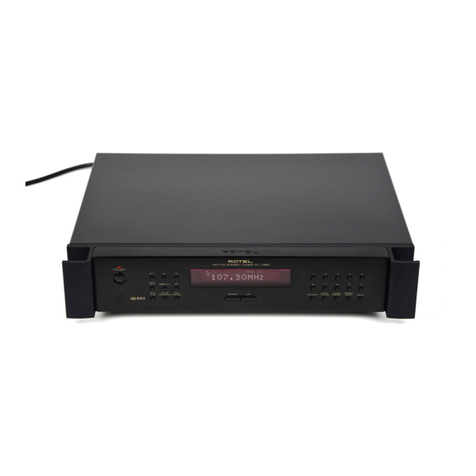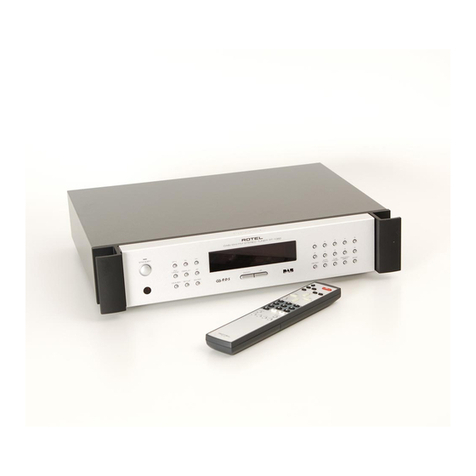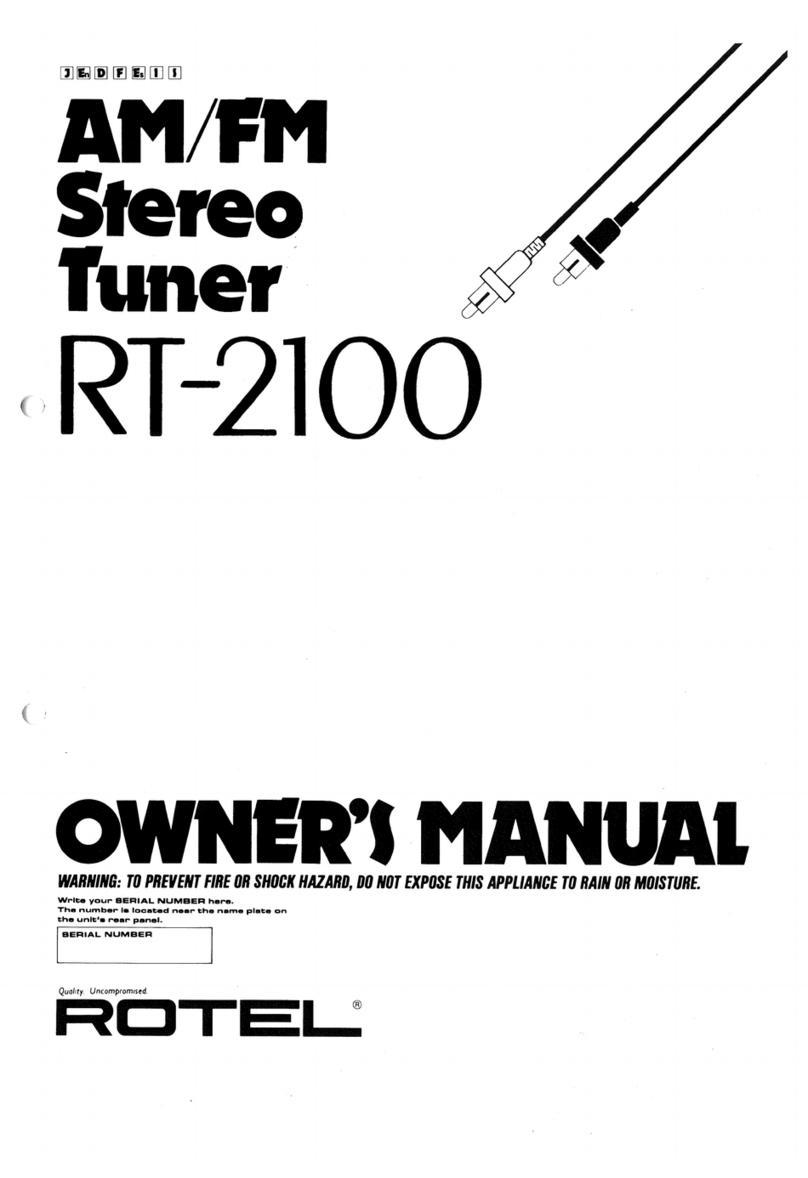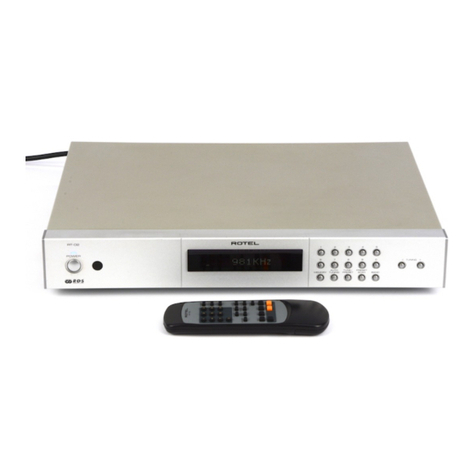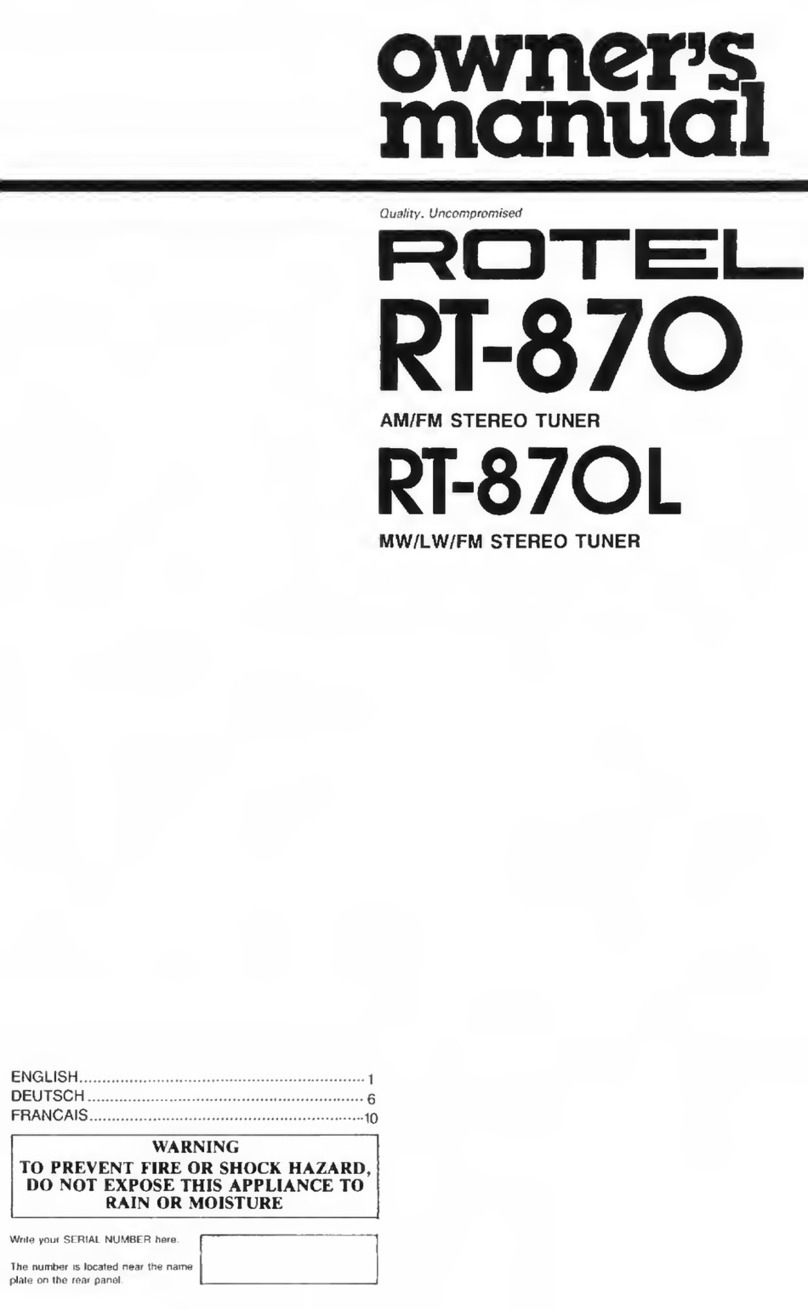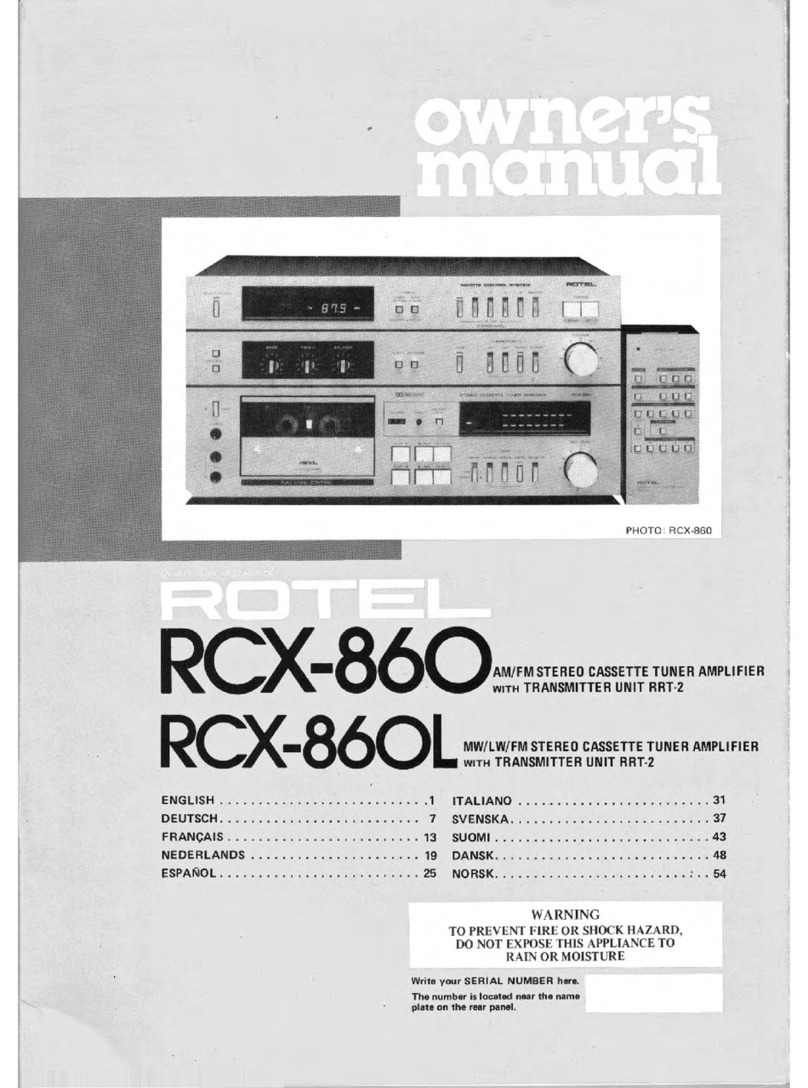
SPECIFICATIONS
RT-970BX
FM
TUNER
SECTION
Usable
Sensitivity.............
10.8
dBf/
0.95
uV
(75
ohms)
50
dB
Quieting
Sensitivity:
Мопо..............................
14.8
dBf/
1.5
uV
(75
ohms)
SIOIBOS
езана
37.2
dBf/
20
uV
(75
ohms)
Signal-to-Noise
Ratio
(at
65
dBf):
МОГ
лл
гарал
83
dB
Sinou
78
dB
Harmonic
Distortion
(at
65
dBf):
WA
Ze
ш
аа
аА
0.05
%
(mono),
0.21
%
(stereo)
Frequency
Response.......30
to
15,000
Hz,
+/-0.5
dB
Capture
Вайо....................
1.0
dB
Alternate
Channel
Selectivity:
Wide/
Магтом..................
60
dB/
80
dB
Adjacent
Channel
Selectivity...15
dB
(Narrow)
Spurious
Response
Ratio..100
dB
Image
Response
Ratio......75
dB
IF
Response
Ratio.............
100
dB
AM
Suppresion
Ratio.........
60
dB
Stereo
Separation:
100
Hz/
1
КН2/
10
kHz....43
dB/
48
dB/
38
dB
Subcarrier
Product
Ratio...60
dB
SCA
Rejection
Вайо..........
70
dB
Output
M
E
aE
1.0
V
Antenna
Іприї....................
75
ohms
unbalanced
AM
TUNER
SECTION
SENSIS
Yeston
350
uV/m
Selectivity
(Wide/
Narrow)..27
dB/
42
dB
Signal
to
Noise
Вайо.........
55
dB
Image
Response
Ratio......40
dB
If
Response
Ratio..............
60
dB
PUTTOTINA
Ss
:ncesssnncasnsseseccassees
Loop
Antenna
MISCELLANEOUS
Power
Requiremenrt..........
120
V/
60
Hz,
220
V/
50
Hz,
240
V/
50
Hz
(depending
on
destinations)
Power
Consumption........
10
watts
Dimensions
(overall)........
440
(W)
x
72
(H)
x
327
(D)
mm
17-3/8"
x
2-7/8"
х
13"
Weight
(пе!)......................
3.9
kg/
8.58
Ibs.
e
Specifications
and
design
subject
to
possible
modifica-
tion
without
notice.






